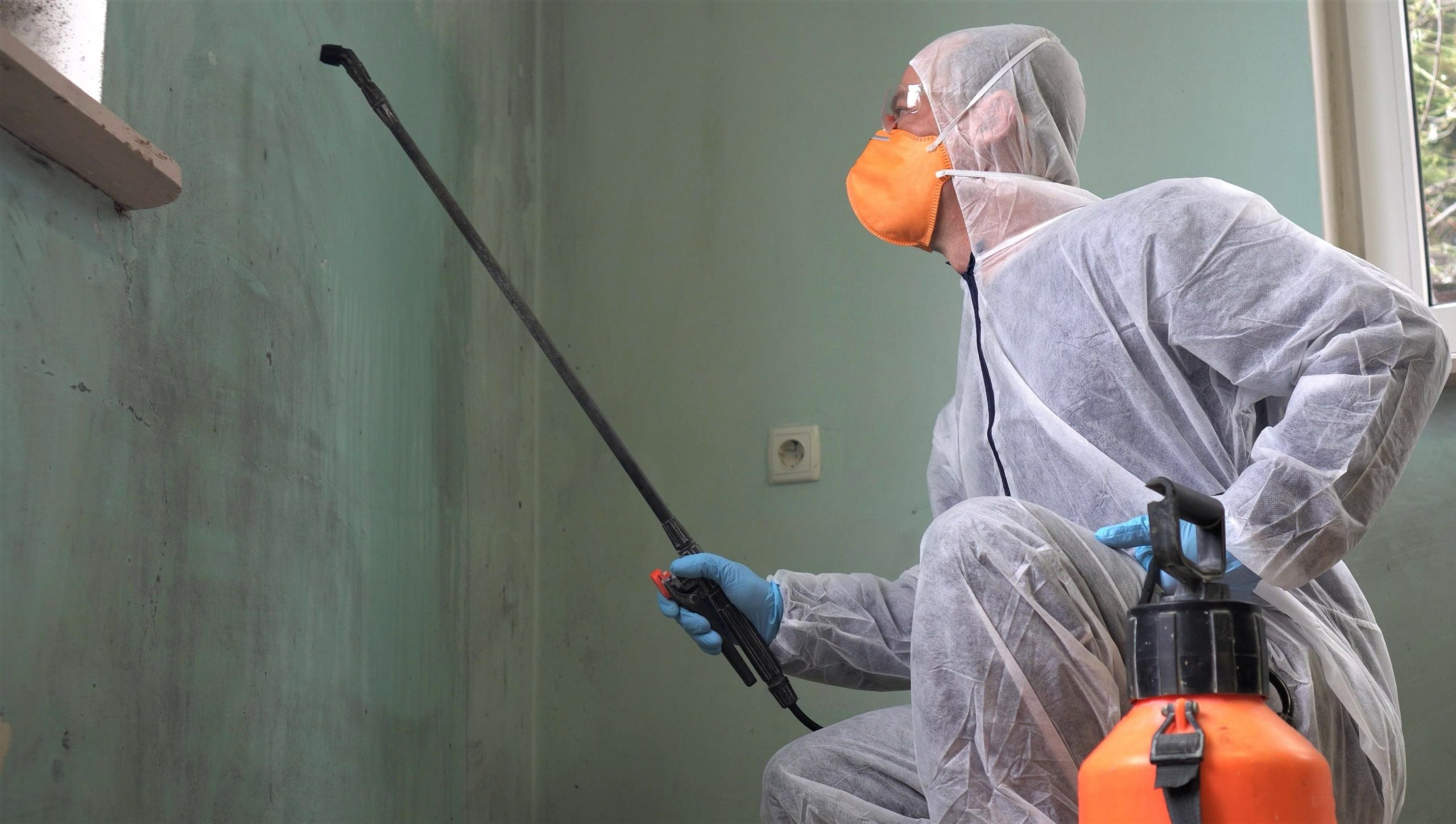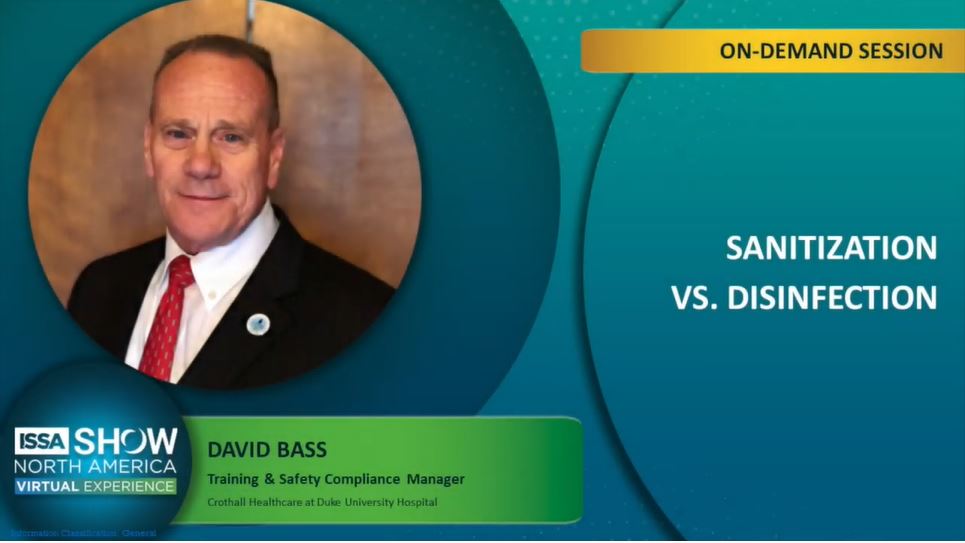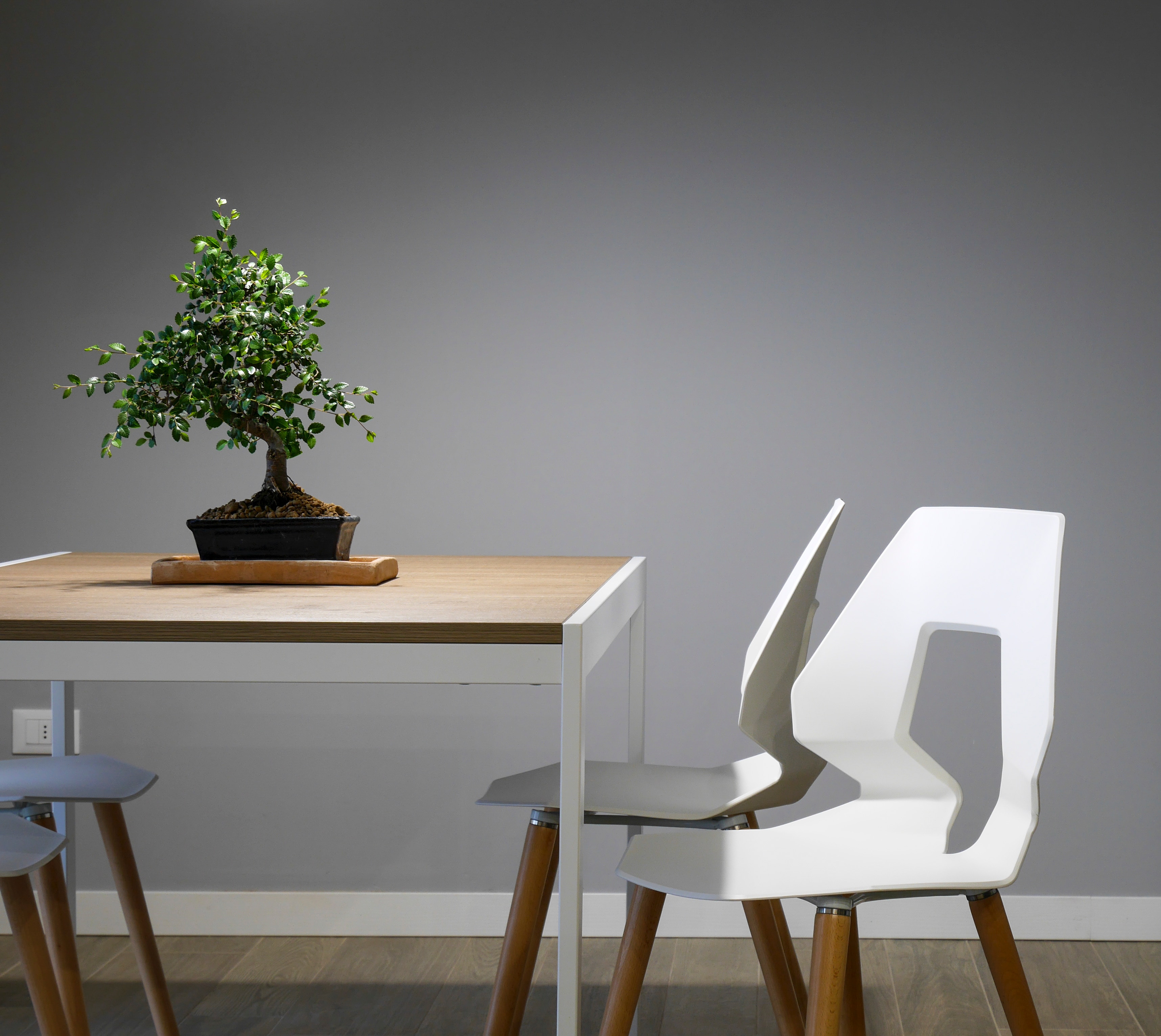“According to Dr. William Berger, the average U.S. six-room home collects 40 pounds of dust each year.”
“According to Dr. William Berger, the average U.S. six-room home collects 40 pounds of dust each year.”
 Do you know what’s in dust? Do you really want to know? The recent article in The Post and Courier will list just a few of the ingredients, but the reality is that unless you live in a sealed bubble with no new air flow in, there is NO WAY POSSIBLE to make a DUST FREE home. GRRRRRRRRR!
Do you know what’s in dust? Do you really want to know? The recent article in The Post and Courier will list just a few of the ingredients, but the reality is that unless you live in a sealed bubble with no new air flow in, there is NO WAY POSSIBLE to make a DUST FREE home. GRRRRRRRRR!
Here’s what Dr. Berger recommends taking action:
Step 1: reduce STUFF
The more surfaces you have in your home, the more places dust has to collect. Stop and look around. How many “tops” do you see?
Bathroom counter, bed, the part of the bath towel sitting above the towel bar, the top edge of the cabinet, the top of every picture, clock, and wall hanging, every decorative bowl or figurine, every lamp shade, every fan blade…and the list goes on. Dust LIVES on all of the these places because it LIVES in the air circulating all around you every moment. Reduce the number and size of the places it has to rest and collect, and you will have taken the biggest step toward reducing the amount of dust that can settle and dull the appearance of your home.
Step 2: focus on bedrooms where we spend 1/3 of our lives asleep
According to the EPA, people spend 90% of their day inside, and the air inside your home is 3-5 times MORE polluted than the air outside. And then when you think about a 24-hr day, if you manage 8 hours of sleep, you’ve just spent 1/3 of every day in your bed. So we’re on board with Dr. Berger’s logic that focusing your dust control efforts on your bedroom can make a quick and significant impact on your overall dust reduction program.
You’ll still want to incorporate all areas of your home, but our experience cleaning homes for 18 years bears out that bedrooms are dustier than you think.
Step 3: use HEPA filters in your HVAC
Since dust is moved around your home on the air currents produced by your air conditioner in the summer and your heater in the winter, again, it just seems reasonable that the more fine particulates you can filter out of the air, the easier it will be to keep dust under control. HEPA (high-efficiency particulate arresting) filters aren’t new, but they are pricier than your generic air filter. In fact, you can get even BETTER filters than HEPA, again at a higher price point. But for those who are prone to breathing difficulties or asthma attacks as a result of dust, the price can be worth it.
Step 4: dust and vacuum daily
 While you are changing out your air filters to HEPA, check your vacuum cleaner for TWO HEPA-related features:
While you are changing out your air filters to HEPA, check your vacuum cleaner for TWO HEPA-related features:
1. HEPA filter ~ the internal filter that traps particles from the air sucked into the vacuum cleaner
1. HEPA filtration ~ the way the vacuum is sealed to push ALL of the air through the filtration system.
One thing you may not know is that a vacuum with a HEPA *filter* is about useless because the vacuum expels about 50% of what it sucks up before it gets to the filter. What you need is a vacuum with a HEPA *filtration* or *true HEPA* system; this means that the whole suction system is sealed up tight so that less than 10% of air escapes, reducing the amount of dust that simply re-enters your home. Folks with allergies and allergic asthma should look at vacuums with ULPA and SULPA filtration systems.






